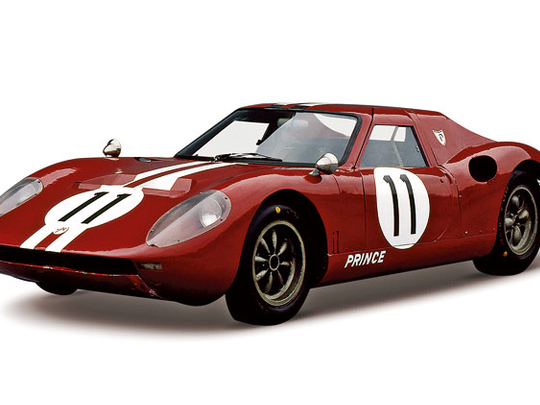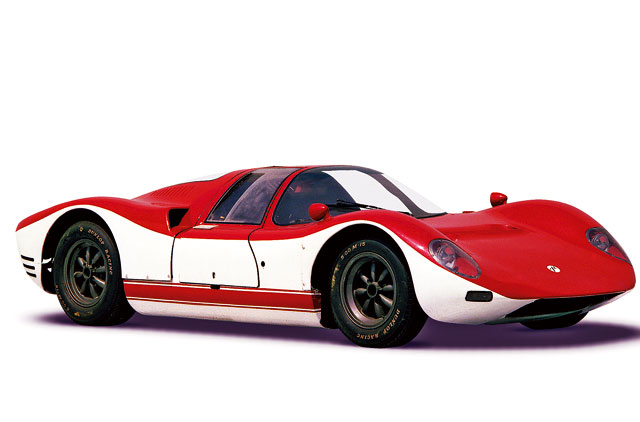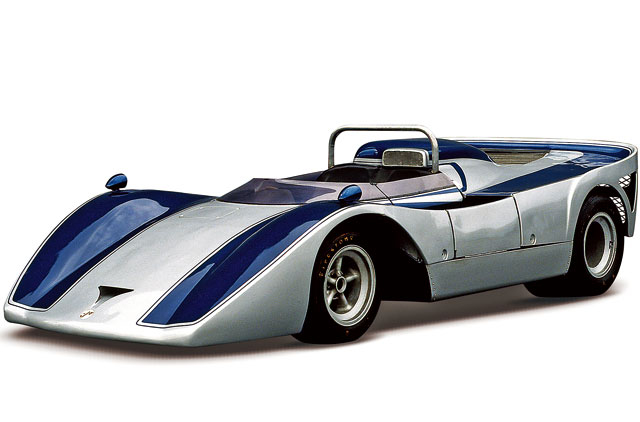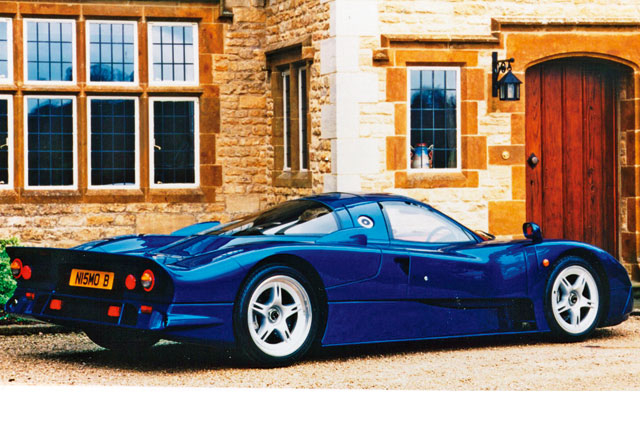
The letter ‘Z' may be sacred in Nissan's lexicon, but way before the legendary ‘Mr K' even thought of Z, there was the letter R.
So while the Z cars, the GT-R, and now the revolutionary Delta Wing are enjoying all the headline praise when it comes to Nissan and motorsport, we thought it would be a good time to remind everyone of the roots of this Japanese giant's racing aspirations.
It began with… well, it didn't actually begin with Nissan at all. A Japanese carmaker called Prince Motor Company used to build a certain successful saloon model dubbed Skyline. Yes, that Skyline. Nissan acquired the little carmaker in the Sixties, and with it gained the famous Skyline nameplate as well.
Turns out Prince was quite a handy firm when it came to sporty cars, and in 1965 the company developed the R380 racing car to compete in the prestigious Japanese Grand Prix against the dominant, mid-engined Porsches. The following year, and now with Nissan parentage, the car evolved into the Nissan R380 Mark II powered by a straight-six engine (the precursors to the Nissan Skyline GT-R's legendary S20 engine) mounted mid-ships in order to stay competitive with Stuttgart's hopefuls.
Nissan took over responsibility from Prince when it came to the bodywork, coming up with a graceful low-drag design. Amazingly the original R380 managed to beat the mighty Porsche 906s at the 1966 Japanese Grand Prix, but Porsche came back to reap revenge on the R380 Mark IIs.
Planning a memorable comeback, Nissan was inspired by the Group 7 rulebook of the Can-Am series run in North America at the time, populated by the most powerful race cars on the planet. The 1968 R381 thus earned a Prince-designed V12 engine, but because it was not completed in time, Nissan simply dropped in a sturdy Chevrolet V8, easily doubling the power output of its old 220bhp straight-six.
The aerodynamic body was influenced by Can-Am innovators over at Chaparral, with active wings, huge downforce, and lower drag from the Kamm tail. When Nissan learned of the monstrous Toyota 7 its rival was planning to campaign, the entire roof of the R381 came off to make a purposeful open racer. The formula worked, and the R381 duly beat all its rivals at the Japanese Grand Prix.
The R series kept evolving, and the R382 finally got its destined V12 engine. Even if in 1969 the R382 was now facing a solitary Porsche 917K, Nissan managed to beat the greatest racecar of its day and notch another Japanese Grand Prix victory with the legendary Motoharu Kurosawa, known as Gan-san, behind the wheel.
Reaching a summit of the R series with the following R383, Nissan unleashed 700 naturally aspirated horsepower, and even tried out a 900bhp turbocharged version. It was not to be though, because the Japanese Automobile Federation cancelled the celebrated race for 1970, and the R383 never turned a wheel in anger.
The famed letter did make a brief comeback though, as a designation for the Nissan R390 GT1 built to compete in the 1997 24 Hours of Le Mans. The car was fast, but it wasn't reliable, and the race was dominated by Porsches and McLarens. The glory days of the letter R were over, but at least there was plenty of glory.













